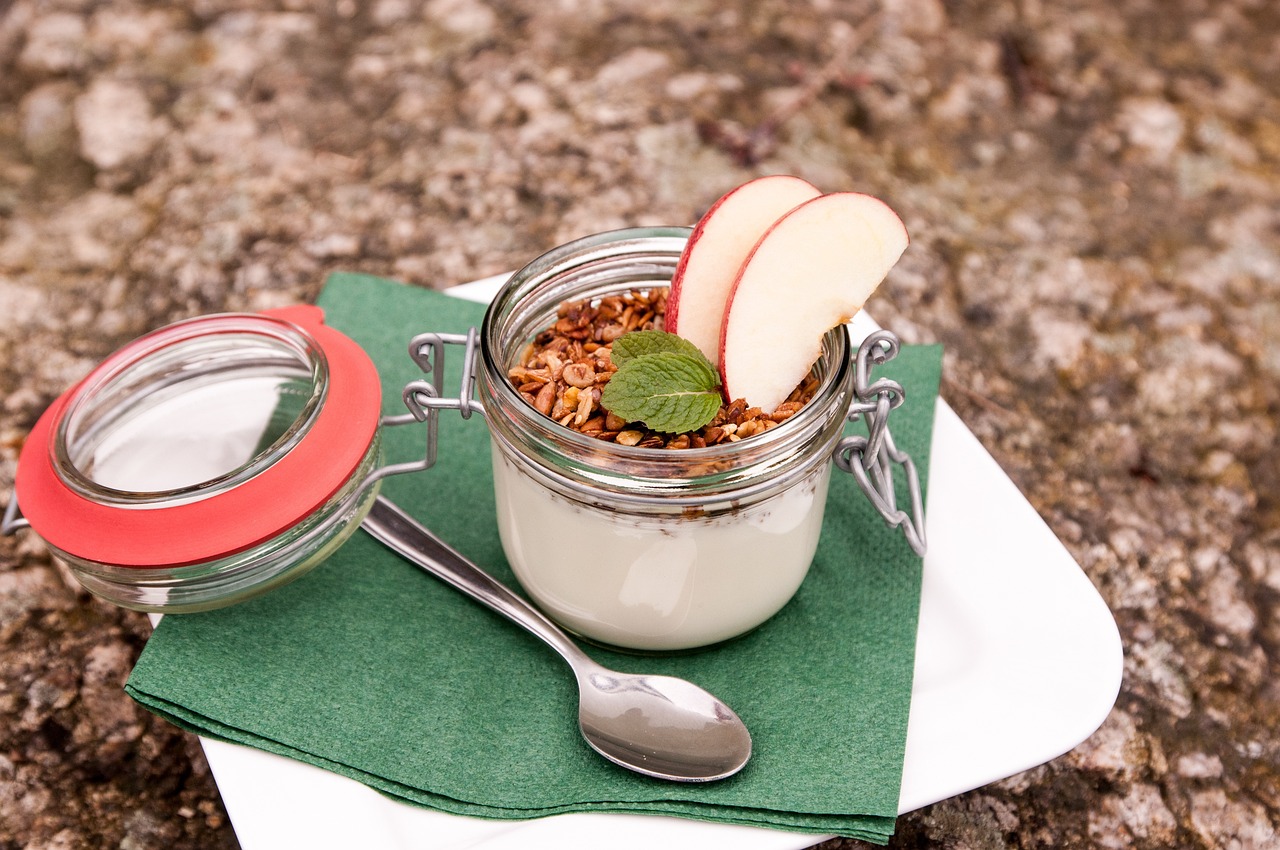“`html
In today’s fast-paced world, the importance of maintaining a balanced diet cannot be overstated. With the proliferation of fad diets and the overwhelming amount of nutritional information available, understanding how to create a balanced diet plays a critical role in achieving optimal health and wellness. A balanced diet not only fuels your body with the necessary nutrients but also enhances overall well-being, increases energy levels, and improves mental clarity. In this blog post, we will delve into the elements of a balanced diet, its benefits, practical examples, and tips for integrating it into your lifestyle.
Understanding a Balanced Diet
A balanced diet consists of a variety of foods that provide the necessary nutrients your body needs to function effectively. This includes carbohydrates, proteins, fats, vitamins, and minerals.
What is a Balanced Diet?
A balanced diet means consuming the right quantity of food from each food group in the right proportions. The primary components include:
- Carbohydrates: The body’s main source of energy.
- Proteins: Essential for growth and repair of tissues.
- Fats: Necessary for hormone production and energy storage.
- Vitamins and Minerals: Vital for various biochemical processes and overall health.
- Water: Crucial for maintaining hydration and bodily functions.
Key Benefits of a Balanced Diet
Maintaining a balanced diet offers numerous advantages that can positively impact your overall health.
1. Weight Management
- Helps in achieving and maintaining a healthy weight.
- Reduces the risk of obesity by promoting portion control.
2. Enhanced Energy Levels
- Provides stable energy throughout the day.
- Reduces fatigue and enhances productivity.
3. Improved Mental Health
- Supports brain function and mental clarity.
- Mood regulation through essential fatty acids and micronutrients.
4. Disease Prevention
- Lowers the risk of chronic diseases such as diabetes, heart disease, and certain cancers.
- Boosts the immune system due to adequate nutrient intake.
Creating Your Balanced Diet Plate
Developing a balanced meal plan can be simplified by adhering to the “MyPlate” model introduced by the USDA. Here’s how you can structure your plate:
1. Portion Sizes
- Vegetables and Fruits (50%): Fill half your plate with a variety of colorful vegetables and fruits.
- Grains (25%): Choose whole grains like brown rice, quinoa, or whole-wheat pasta.
- Proteins (25%): Include lean proteins such as chicken, fish, beans, or legumes.
2. Snack Smartly
- Choose snacks like fruits, nuts, and yogurt over processed snacks.
- Be mindful of portion sizes to maintain balance.
Tips for Maintaining a Balanced Diet
Incorporating a balanced diet into your daily routine may seem daunting. Here are some practical tips to help you stick to it:
1. Plan Your Meals
- Create a weekly meal plan to ensure balanced eating.
- Prepare meals ahead of time to avoid unhealthy last-minute choices.
2. Stay Hydrated
- Aim for at least 8 glasses of water a day.
- Incorporate beverages like herbal teas or infused water for variety.
3. Mindful Eating
- Focus on your meal and eat without distractions.
- Chew slowly and enjoy each bite to promote satiety.
Real-Life Examples of Balanced Meals
Seeing how a balanced diet looks in practice can be incredibly helpful. Here are a few examples of balanced meals:
Breakfast
- Oatmeal: Made with oats, topped with fresh fruits and nuts.
- Yogurt Parfait: Yogurt layered with granola, mixed berries, and a drizzle of honey.
Lunch
- Quinoa Salad: Quinoa mixed with cherry tomatoes, cucumbers, feta cheese, and an olive oil dressing.
- Wrap: Whole wheat wrap filled with grilled chicken, mixed greens, bell peppers, and hummus.
Dinner
- Baked Salmon: Served with steamed broccoli and brown rice.
- Stir-Fry: A mix of colorful vegetables and tofu or chicken served over quinoa.
Conclusion
Adopting a balanced diet is crucial for enhancing your overall health and well-being. By understanding the components of a balanced diet, exploring its benefits, and implementing practical tips, you can create a sustainable eating plan that nourishes your body. Remember that the journey to better health is gradual and should be tailored to meet your individual needs. Start small, set realistic goals, and enjoy the process of nurturing your body with the right nutrients. Your future self will thank you!
“`






